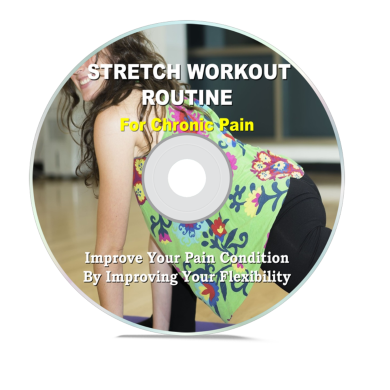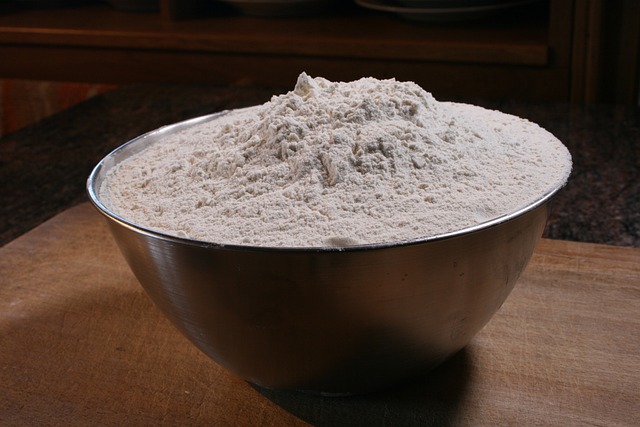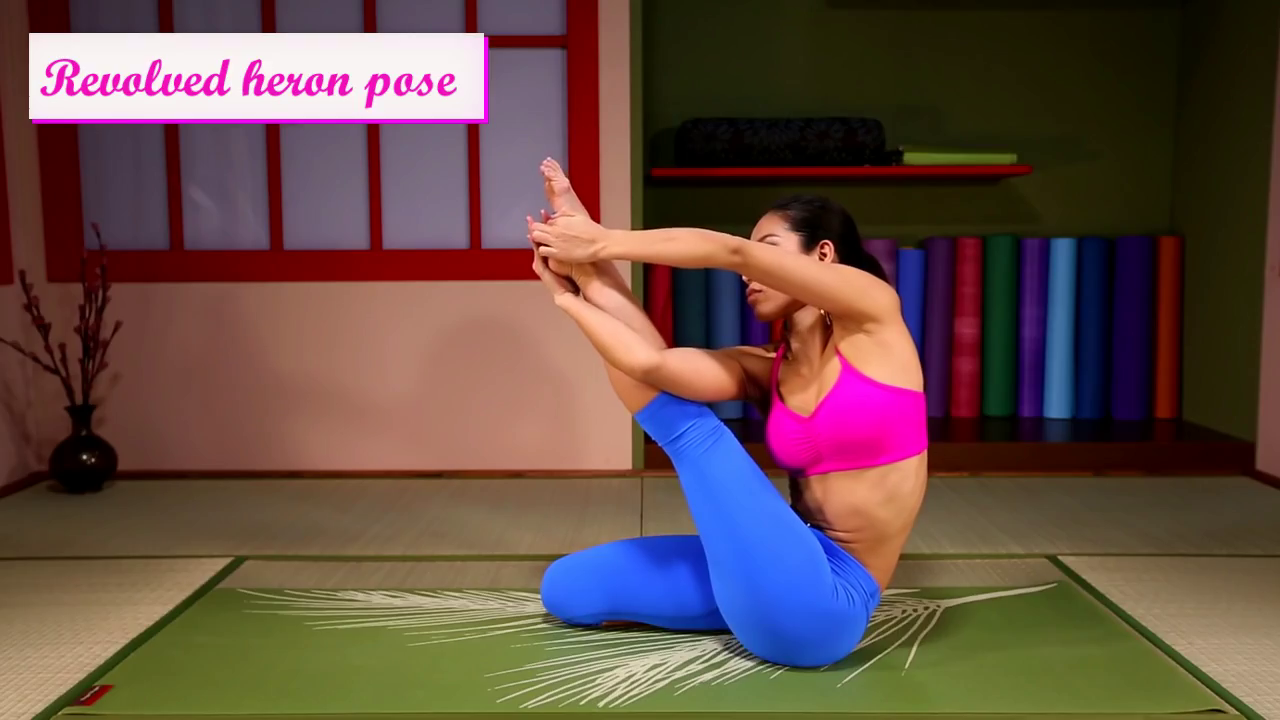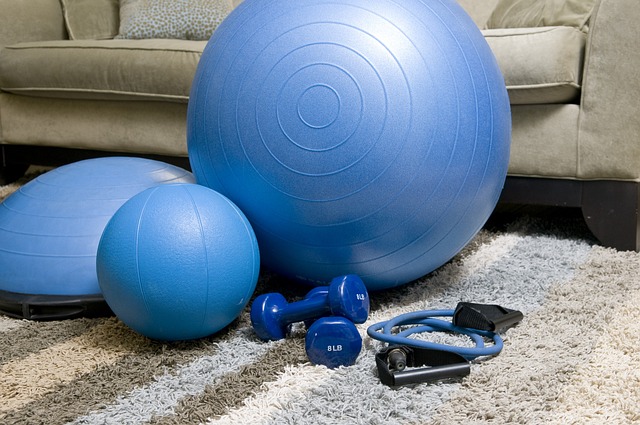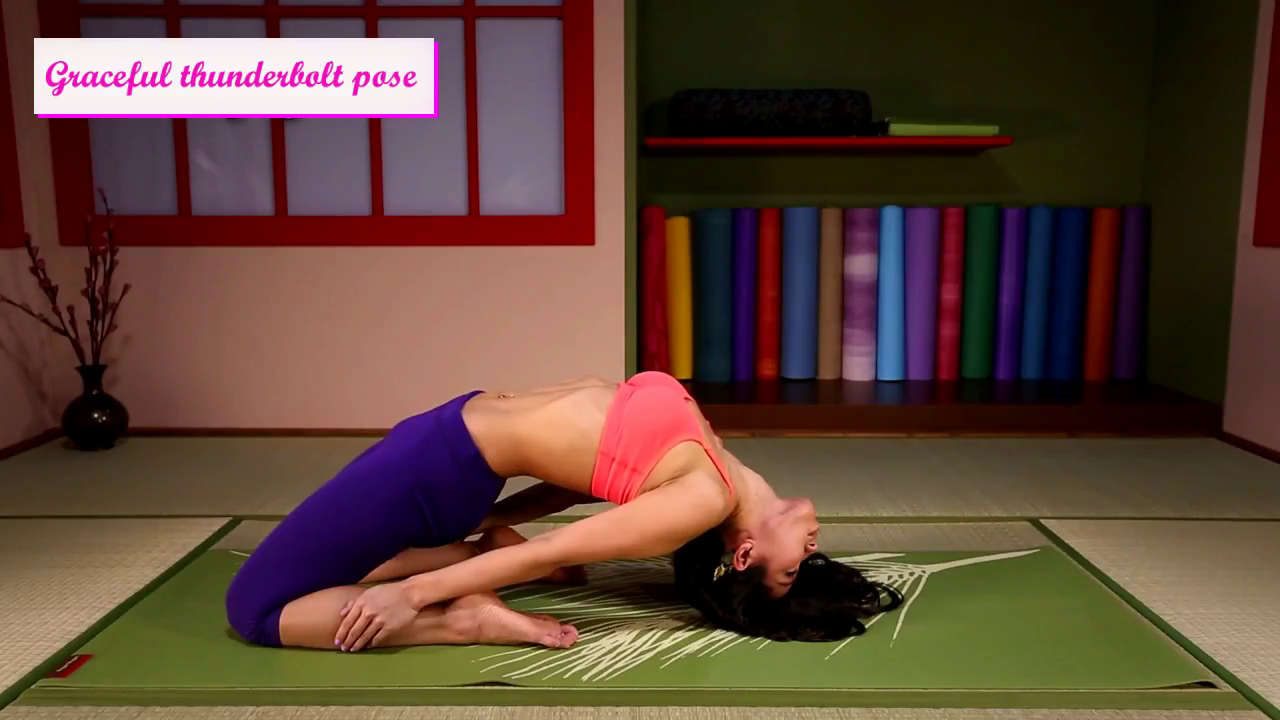Thermogenic foods help increase metabolism, enhance fat burning, and improve energy expenditure by boosting the body’s heat production.
This process, known as thermogenesis, requires extra energy, leading to calorie burning.
Below is a detailed list of thermogenic foods along with their benefits:
1. Chili Peppers (Capsaicin)
- Thermogenic Compound: Capsaicin
- How It Works: Capsaicin stimulates the sympathetic nervous system, increasing heat production and fat oxidation.
- Benefits:
- Boosts metabolism by up to 5% after consumption
- Enhances fat oxidation by up to 16%
- Reduces appetite and increases satiety
- Best Forms: Fresh chilies, cayenne pepper, chili powder, hot sauce
2. Green Tea (Catechins & Caffeine)
- Thermogenic Compounds: Epigallocatechin gallate (EGCG) and caffeine
- How It Works: Catechins work synergistically with caffeine to increase fat oxidation and thermogenesis.
- Benefits:
- Increases fat burning by 10-17%
- Helps mobilize stored fat for energy
- Improves endurance and exercise performance
- Best Forms: Matcha green tea, loose-leaf green tea, green tea extracts
3. Coffee (Caffeine)
- Thermogenic Compound: Caffeine
- How It Works: Caffeine stimulates the central nervous system, increasing energy expenditure and enhancing fat burning.
- Benefits:
- Increases resting metabolic rate (RMR) by 3-11%
- Improves fat oxidation during exercise
- Reduces fatigue and enhances mental focus
- Best Forms: Black coffee, cold brew, espresso, unsweetened coffee
4. Ginger
- Thermogenic Compounds: Gingerol and shogaol
- How It Works: Ginger enhances thermogenesis by improving circulation and stimulating digestion.
- Benefits:
- Increases metabolic rate by up to 20%
- Aids digestion and reduces bloating
- Supports insulin sensitivity and blood sugar control
- Best Forms: Fresh ginger root, ginger tea, powdered ginger, ginger extract
5. Turmeric (Curcumin)
- Thermogenic Compound: Curcumin
- How It Works: Curcumin enhances thermogenesis by activating brown fat cells (which burn calories for heat).
- Benefits:
- Supports fat loss and metabolic health
- Reduces inflammation and oxidative stress
- Enhances digestion and liver function
- Best Forms: Fresh turmeric root, turmeric powder, turmeric supplements with black pepper (for absorption)
6. Cinnamon
- Thermogenic Compound: Cinnamaldehyde
- How It Works: Cinnamaldehyde stimulates metabolism by activating thermogenic proteins in fat cells.
- Benefits:
- Enhances insulin sensitivity and reduces blood sugar spikes
- Promotes fat breakdown and prevents fat storage
- Supports gut health and digestion
- Best Forms: Ceylon cinnamon, cinnamon powder, cinnamon tea
7. Apple Cider Vinegar
- Thermogenic Compound: Acetic acid
- How It Works: Acetic acid activates AMPK (a cellular energy sensor) and increases fat burning.
- Benefits:
- Reduces fat accumulation and increases fat oxidation
- Improves insulin sensitivity
- Suppresses appetite and helps control cravings
- Best Forms: Diluted apple cider vinegar (1-2 tbsp in water), apple cider vinegar capsules
8. Protein-Rich Foods (Lean Meats, Fish, Eggs, Legumes)
- Thermogenic Effect: High-protein foods require more energy for digestion (Thermic Effect of Food – TEF).
- How It Works: Protein digestion burns 20-30% of its calories, increasing metabolic rate.
- Best Sources:
- Lean Meats (chicken, turkey, grass-fed beef)
- Fish (salmon, tuna, cod)
- Eggs (high in choline, supports metabolism)
- Legumes (lentils, chickpeas, black beans)
9. Dark Chocolate (Cocoa Polyphenols)
- Thermogenic Compounds: Theobromine and caffeine
- How It Works: Dark chocolate improves fat oxidation and increases thermogenesis.
- Benefits:
- Enhances fat metabolism
- Reduces stress-related cravings
- Supports heart health with antioxidants
- Best Forms: Dark chocolate (70%+ cocoa), cacao nibs, unsweetened cocoa powder
10. Coconut Oil & MCT Oil
- Thermogenic Compound: Medium-chain triglycerides (MCTs)
- How It Works: MCTs are rapidly absorbed and converted into ketones, boosting fat burning.
- Benefits:
- Increases energy expenditure by up to 5% daily
- Suppresses appetite and reduces overall calorie intake
- Enhances ketone production for fat loss
- Best Forms: Virgin coconut oil, MCT oil, coconut milk
11. Mustard Seeds
- Thermogenic Compound: Allyl isothiocyanate
- How It Works: Mustard seeds enhance thermogenesis and fat oxidation.
- Benefits:
- Increases calorie burning by 5-10%
- Reduces fat storage
- Supports digestion and metabolism
- Best Forms: Mustard seeds, mustard powder, Dijon mustard
12. Green Leafy Vegetables (Spinach, Kale, Swiss Chard)
- Thermogenic Effect: High in fiber and low in calories, requiring energy to digest.
- Benefits:
- Boosts metabolism and fat breakdown
- High in iron and magnesium for energy production
- Reduces inflammation and supports gut health
- Best Sources: Spinach, kale, collard greens, Swiss chard
Nutritional Comparison Table of Thermogenic Foods
| Food | Thermogenic Compound | Main Benefit |
|---|---|---|
| Chili Peppers | Capsaicin | Boosts metabolism, burns fat |
| Green Tea | Catechins, Caffeine | Increases fat oxidation |
| Coffee | Caffeine | Enhances metabolism, burns calories |
| Ginger | Gingerol, Shogaol | Improves digestion, increases heat production |
| Turmeric | Curcumin | Activates fat-burning pathways |
| Cinnamon | Cinnamaldehyde | Stabilizes blood sugar, burns calories |
| Apple Cider Vinegar | Acetic Acid | Suppresses appetite, burns fat |
| Protein Foods | High TEF | Increases calorie burn during digestion |
| Dark Chocolate | Theobromine, Caffeine | Enhances metabolism, reduces cravings |
| Coconut Oil | MCTs | Boosts fat burning |
| Mustard Seeds | Allyl isothiocyanate | Stimulates fat oxidation |
| Leafy Greens | Fiber, Iron | Supports metabolism and digestion |
Incorporating thermogenic foods into your diet can help enhance calorie burning, support weight loss, and improve energy levels.
- For Fat Burning: Chili peppers, green tea, coffee, coconut oil.
- For Appetite Control: Protein foods, apple cider vinegar, dark chocolate.
- For Digestion & Gut Health: Ginger, turmeric, leafy greens.

